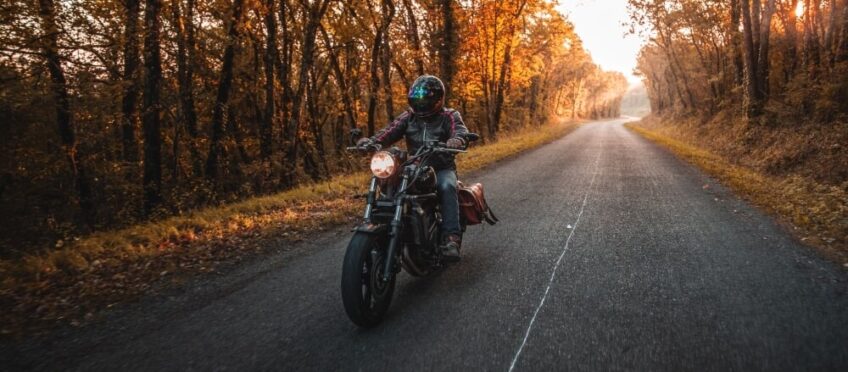Many say that a true motorcyclist loves all motorcycles. After all, two wheels are two wheels, right? However, many riders have a clear bias when it comes to the brand of bikes they prefer. Such love for a brand can be sparked by the first motorcycle your parents ever owned, the one your best friend once gave you a ride on, or the one you once admired in a movie – and consequently, it can turn into life-long brand loyalty. One of those iconic motorcycle brands that could possibly accompany you along your whole riding career and cater to all your riding preferences is Kawasaki.
But Why is Kawasaki Such a Popular First Love? True Variety
You could take the beginner’s course on a small, nimble Super Sherpa, then move on to build your skills on a stylish vintage KZ. From there, you can easily expand from tarmac to dirt on a speedy KX or trusty KLR. If you prefer cruisers, you could take long road trips on a Vulcan or Voyager; if you like it agile and athletic, there are Ninjas available in all sizes and designs; and if you want to combine performance and practicality, the Concours fulfills any sport-touring needs perfectly. You could even get those fun motorcycle feelings on other vehicles made by the brand, such as jet skis, snowmobiles, and ATVs. Kawasaki’s current range of models virtually covers any rider’s demands and is a well-established item in today’s motorcycle industry. But how did it all begin?
The Beginnings
It all started with Kawasaki Heavy Industries over 100 years ago in a small town in Japan: the founder, Kawasaki Shōzō, was a very industrious shipbuilder with an interest in modern engineering and open to the growing Western influence in his area. So only a few decades later he had developed his company into a large corporation located in Tokyo that built heavy equipment and engines for the automotive, and eventually, even the aerospace sector. In the 1950s, their first motorcycle was constructed with an air-cooled, four-stroke, single-cylinder engine: it had 148 CC and 4 HP. Little did these early technicians know that Kawasaki would one day in the future build one of the fastest, most powerful bikes ever: the H2R, with a whopping 326 HP and a top speed of about 400 km/h.
In the 1960s, Kawasaki teamed up with Meguro Motorcycles (which it quickly absorbed) and soon joined Honda, Yamaha, and Suzuki in the line-up of factory bikes made for everyday use. Together, these multifaceted Japanese brands are referred to as The Big Four when it comes to motorcycles – and they continued to be some of the largest players in the industry today. Besides competing in the mass production and export of their affordable street bikes, these brands were also rivals on the racetrack, where winning podiums and being popular with the crowd could mean increased sales of their street-legal models.
Green Machine
One of the deciding races for Kawasaki’s image was the Daytona 200 in 1969. That year, they sent out the five best riders they could get on their new A7RA bikes – which for the first time ever were painted in the now iconic bright green. Until then, the colour green was considered very bad luck on racetracks and widely avoided due to superstitious beliefs about failing parts and fatal accidents. However, Yoji Hamawaki, the then-president of Kawasaki, decided to not play it safe with the usual reds, blues, and yellows, but to take a risk for the struggling company: he turned the brand’s so-called “Power Research Racing Team” into “Team Green”. The competition laughed at them, but was taken by surprise when Hamawaki’s provocative, rebellious move to stand out paid off and actually resulted in a winning streak that year at Daytona – followed by many more after. A real underdog story!
The neon lime green colour was mixed by custom painter Molly Sanders back then, using three parts green and one part yellow. To this day, the mixture and tone of the shade have only slightly changed and it is mostly assigned the equally eye-catching paint code 777. Kawasaki is still a successful participant in both areas: motorsports and the market. The Japanese brand is also at the forefront of sustainability with plans for its first electric and hybrid models in the making.
Let the Good Times Roll
Kawasaki’s motto is hedonistic in the best way possible since it sums up what motorcycles are all about: having fun and enjoying the ride. Knowing that the bike you’re on is steeped in such cool history and constructed with some of the most forward-looking technology out there really makes it easy to let the good times roll. Go Team Green!








join the conversation